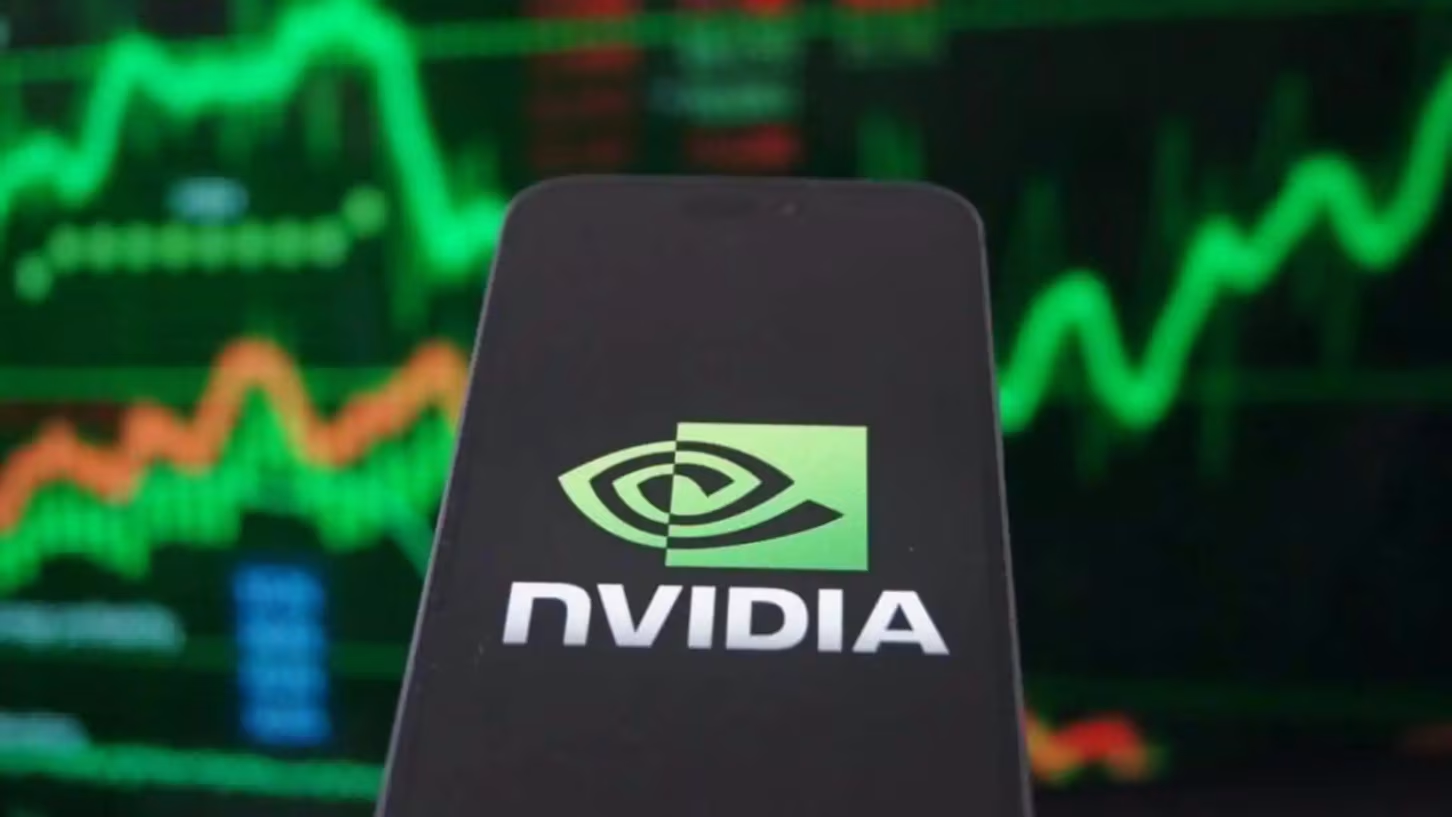In the evolving landscape of artificial intelligence, NVIDIA Sovereign AI is becoming a headline-grabbing phenomenon — and it’s starting at the heart of financial empires. No longer satisfied with providing chips to tech giants like Microsoft, Amazon, and Google, NVIDIA is quietly moving toward a bigger revenue source: allowing geographic regions to build and own their own AI infrastructure. As sovereign AI is poised to become the next trillion-dollar frontier, let’s take a closer look at why this strategic turning point is so significant.
NVIDIA Sovereign AI — A National Infrastructure Asset
NVIDIA Sovereign AI isn’t just a buzzword; it’s a geopolitical and economic game-changer. According to industry analysts at Oppenheimer, a single gigawatt‑scale sovereign data center could generate revenues of up to $50 billion. And that’s just from one facility. Multiply this by several countries – Saudi Arabia, UAE, Germany, etc. – and you get a total market of potentially $1.5 trillion.
At its core, sovereign AI represents more than just technology—it’s about digital autonomy. Just as nations treat power grids, telecom, or water systems as critical infrastructure, so too is AI computing now seen as essential to national resilience and strategy.
Big Tech’s Spending Plateau
Tech giants drove NVIDIA’s early AI chip boom, quietly pumping billions into hyperscale cloud infrastructure. But as investments decelerate—due to infrastructure saturation, tech giants exploring homegrown chips, and geopolitical pressures—NVIDIA’s growth could stall. Enter sovereign AI: a counterbalance backed by governments with deep financial reserves.
A Geopolitical Shift at Play
High-profile trips—like Jensen Huang traveling with the U.S. President to the Middle East—underscore AI’s growing diplomatic importance. Deals with Saudi Arabia’s HUMAIN AI, UAE’s G42, and European partnerships are not just commercial—they’re political.
In Europe, Germany and the EU are formulating “AI gigafactory” plans totaling over $20 billion, anchoring sovereign AI roots on the continent. Notably, Deutsche Telekom’s planned industrial AI cloud using 10,000 Blackwell GPUs signals a major commitment.
Why NVIDIA Holds the Edge
Two critical assets keep NVIDIA well-positioned:
CUDA Software Ecosystem – Over 90% of AI supercomputers run on NVIDIA’s CUDA platform. It’s not just hardware—it’s a software-led ecosystem that’s hard to replicate.
Blackwell & Rubin Chip Roadmap – The latest-generation GPUs (Blackwell) and next-gen (Rubin) remain in high demand, especially for sovereign-grade AI projects.
Even as chips get banned in China due to export controls, NVIDIA is pivoting toward “friendly nations”—but staying clear of markets that struggle with U.S. rules.
The Financial Upside: Beyond Big Tech
NVIDIA’s data center revenue has doubled annually over the past two years, but much of that was fueled by hyperscalers.
Sovereign AI offers a more stable and diversified revenue base, less dependent on cyclical corporate spending.
Consider this: a single gigawatt AI center can bring in $50 billion. Multiply by dozens of such sites, and you’re pushing toward that $1.5 trillion TAM discussed earlier. Even conservative estimates predict sovereign AI will inject hundreds of billions into NVIDIA’s top line—sufficient to offset any dip in hyperscaler demand.
Balancing Risk & Regulation
Geopolitics isn’t just an opportunity; it’s also a challenge. Export restrictions, shifts in U.S.-China relations, and evolving regulations (e.g., EU AI Act) introduce uncertainties. Governments can announce flagship projects at flashy ceremonies, but real-world build-out can lag or fall short of expectations.
Still, NVIDIA’s CUDA dominance, strong ecosystem partnerships (Cisco, Dell, HP, CoreWeave, etc.), and global strategy give it deep leverage, even if some government deals don’t pan out fully.
What Comes Next?
Global footprint expansion – Look for more sovereign AI projects across Asia, Latin America, and Africa.
New chips on the horizon – Rubin’s launch later this year will enhance sovereign capabilities.
Neocloud surge – Regional cloud providers (CoreWeave, Nebius, Lambda) are becoming vital bridges between NVIDIA and national clients.
Stable multi-sector demand – From defense, healthcare, and energy, to manufacturing, AI-based infrastructure is seen as essential.
Final Take
NVIDIA Sovereign AI is far more than another buzzword—it signifies a tectonic shift in how the world builds and secures digital infrastructure. With CUDA as its foundation, unmatched lip service growing via Blackwell and Rubin chips, and a playbook that taps both Gulf oil wealth and European ambitions, NVIDIA is crafting a brand-new, resilient revenue model—less reliant on Silicon Valley giants and more anchored in national imperatives.
In short, sovereign AI is NVIDIA’s next billion-dollar—and potentially trillion-dollar—business. And while the politics and execution risks remain, the company’s moat and global footprint make it well-positioned to dominate this new frontier.



